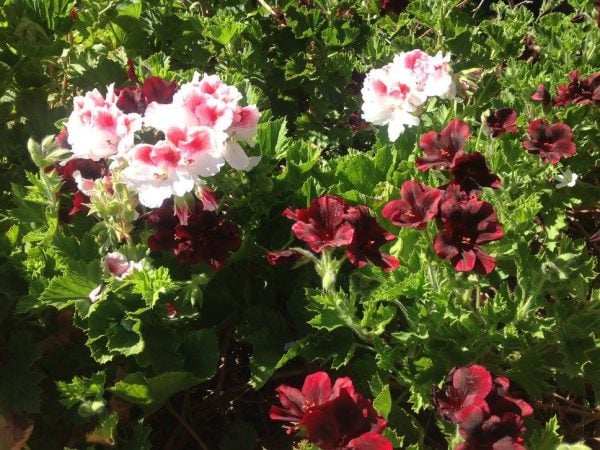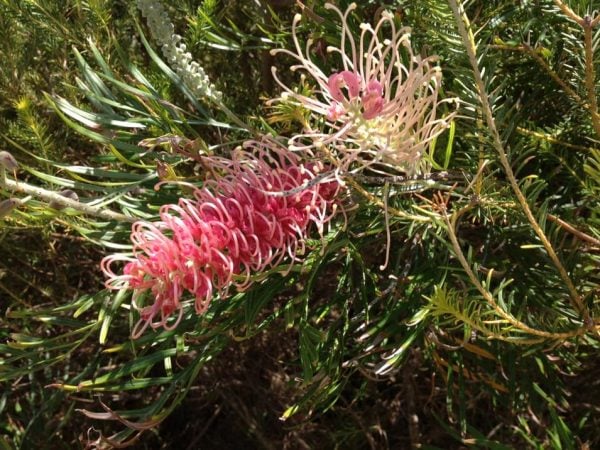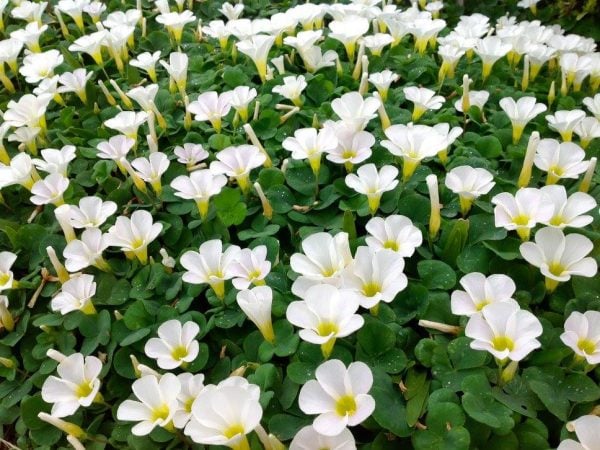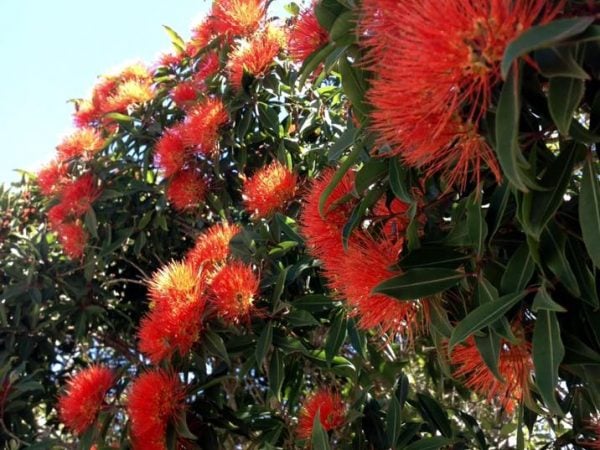Remember these tips are a guide only. Your individual situation may require professional help.
November’s weather is variable in our region but generally it warms up. Plants and lawns are usually growing well this month.
Those gardeners who benefit the most from this warmer period are the ones who’ve fertilised, fortified, mulched, pruned, planted and prepared earlier. But it’s not too late to be doing a lot of those things. If you go back and read my guide for earlier months, you can see more.
The key factor for successful gardening is the soil. If you haven’t worked on your garden soil very much, then now would be a good time to start. All soils can benefit from the addition of organic matter, such as cow manure and compost. At the two extremes you have sand and clay. All soils are either a balance of these or they can be just one of them. But all can be improved so that they have more life in them, better water retention, better drainage and more nutrients. If you apply compost, manures, mulches and adequate moisture now, this will help the soil. You can also apply gypsum, which is a form of lime, to all soil types and this will improve the structure of the soil, or how friable (crumbly) it is.
And you don’t always need to dig things into soil. It can be improved from the top downwards by applying materials to the surface. Worms, microbes and rain will help to do the rest. By building the top level, you are gradually creating a layer of richer soil called humus. Don’t despise clay. It’s clay that holds the moisture in the subsoil and without some of it, you’ll be hard pressed to have good gardens.
Trees and larger shrubs send their roots down there. Once they do, they’re well established, as the clay has the moisture and nutrients which don’t leach out from watering. Don Burke once said that if someone says that clay is bad, you should never listen to another thing that they say.
For the Vegetable Garden
Some things to plant right now, include ( but not limited to) Salad vegetables such as cucumber, beans, tomato, lettuce, radish and celery. In the herb and condiment garden you can plant many things, which include chillies, parsley, basil, Coriander, garlic chives, shallots, chives, garlic, lemon grass, thyme and rosemary
Vegetables such as artichoke, asparagus, sweet corn, choko, silverbeet, eggplant, leek, spring onion, zucchini, carrot
For the Ornamental Garden
You can still plant many shrubs, annuals and lawns now but if you do, you’ll need to be diligent to keep them alive. The better times to plant are those with mild but not cold weather in early Autumn or right at the end of winter into early spring. That way they can establish their roots before the heat arrives. Planting now can still work but everything in the equation has to be right. If we have a mild November it’s all good but if there are some high temp days, it can be a challenge for new plants and lawns.
Watering the Garden
At all times of the year, it’s important to have the right amount of moisture in your soil. Too little will mean stressed and dying plants and too much will give you the same result as well as more pests and diseases. Of course, all gardens need good drainage. So before you do anything else that has to be right. There needs to be air in the soil as well as moisture, so continual over-saturation creates a lifeless soil and can drown your plants. You can also leach out nutrients before plants can utilise them by over watering. The best way to determine the level of moisture in the soil is to go looking or feeling, with either your finger, a trowel or a spade. A good rule of thumb is to water much more than you think you need to but not every day. Deep watering is best for most things and if soil has a chance to drain away excess water, all will be good. An adequate layer of organic mulch will keep the top crucial layer of soils moist and alive with microorganisms. It’s particularly important for your veggies. I’m not a fan of micro spray irrigation systems as they are often ineffective and the foliage of plants is repeatedly wet. Drip irrigation, when properly used and installed is better. And it’s more effective if combined with some overhead watering, such as a hand held hose. But if soils dry out completely, they can be very difficult to re-wet, as they can become hydrophobic, or water resistant. To see how this happens try watering a dried out pot plant and test the soil for moisture. You often need to be very persistent to water dry soils, so it’s easier to keep them moist but try to avoid over saturating the soil.




